
Ask the Automation Pros: What Are Your Thoughts About the Need for and Use of Simulation in Process Control?
Russ Rhinehart’s Questions: How important is simulating a new control approach prior to implementing it? How does one include realistic issues in a simulation (noise, disturbances, constraints, nonlinearity, range of dynamics, etc.)?
Bran Hrankowsky’s response
Not to derail, but I am curious: I find that when I have enough information to model the items in Russ’ question, I tend to have enough information to design the right strategy without simulating. In many cases the model is useful to convince others who don’t understand control theory very well that it works. I’ll have created some ad hoc excel calculations to help me crunch numbers at different operating points, but not usually much else. To frame this, my experience is with pharmaceutical manufacture and associated utility systems. What are examples of processes where running models is more necessary?

Don’t get me wrong–we do tons of simulation using tie backs and other low to medium fidelity techniques–it’d be nearly impossible to program and test sequencing and batch operations without it. But typically if I have enough engineering information to make a model, I can apply all the books you guys have written to design the right solution and just worry about tuning it in during startup.
Reiterating: my experience is not terribly varied for process types–so I am not willing to say it is not valuable for assessing different control strategies.
Hunter Vegas’s response
My experience mirrors Brian but likely even more so. I very rarely have to model much of anything, however most of my work is specialty chemicals (continuous and batch) and the reactions are usually well understood. There have certainly been occasions where some simulation was required–usually associated with particularly aggressive or exothermic reactions, but the other 99.9% of the time we just configure what makes sense and adjust in run.
Michel Ruel’s response
In my experience, the use of digital twin and simulations is indispensable for certain projects. For example, in an ore processing project in South America, the simulation revealed crucial insights regarding batch capacity and buffering. The minimal cost of simulation was pivotal in readjusting the design.
Furthermore, in another case, simulation was instrumental in validating the control strategy for optimizing capacity in filling 8 bins with 2 shuttle conveyors from different sources. The cost of the simulation was negligible compared to the overall investment.
In conclusion, in the integration of automation and process control, simulation is undeniably advantageous. I strongly recommend the use of simulation, especially in cases where the design deviates from traditional approaches. the control strategy to fill 8 bins with 2 shuttle conveyors from different sources maximizing capacity. Again, the cost of the simulation was a small fraction of investment.
My point of view is that when you mix automation and process control, simulation is advantageous. I suggest to not hesitate to simulate when design is especially creative or different from usual approaches.

Hector Torres' response
Dynamic process simulations play a crucial role in replicating real manufacturing unit operations. The fidelity of a simulation refers to its ability to accurately represent steady-state and dynamic conditions. Fidelity depends on its capability to respond to changes from the control system, limits, and internal disturbances. Simulations can generally be classified as low, medium, or high fidelity, depending on their level of accuracy.
The choice of simulation fidelity is determined by the intended purpose and cost considerations. Dynamic simulations serve various purposes, including control system checkout, operator training, and testing new control strategies.
Simulations consist of individual models, interconnected and working together to represent the operation of the real process or manufacturing unit.
Low fidelity simulations help to ensure control strategies respond in the intended direction to changes in valve positions.
A high-fidelity simulation involves strict material and energy balances, both in steady-state and in dynamic scenarios. It does not rely on empirical relationships. Due to the complexity and cost associated with high-fidelity simulations, they are not always be feasible.
In my experience, a medium-fidelity simulation is option to take. It can incorporate a mix of model fidelities. Its main objective is to verify process control sequences (debugging) and ensure that control strategies respond as intended. Helps reframing considerations for control sequences design. For operator training and testing of new control strategies, a medium fidelity simulation offers a good cost-effective solution as they exhibit a good balance between accuracy and practicality.
Medium-fidelity simulation models are extremely helpful to save in time and headaches when starting up a new unit or at cutover after a migration. It helps understanding all interactions–process and equipment wise–that take place. Helps understanding what the operator will be seeing and help improve situation awareness. The more the code is exercised using simulation, the more code bugs encountered and fixed, the better off the operators’ training goes and, the better off experience at start-up. It is an awful experience being at the control room, having people looking over your shoulder (and looking at their watch), while waiting for you to fix bugs at the start-up showtime.
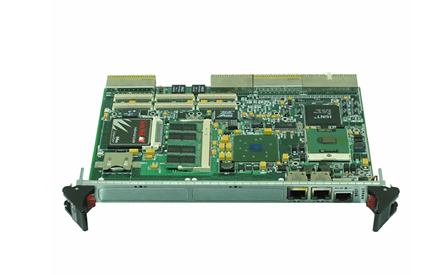
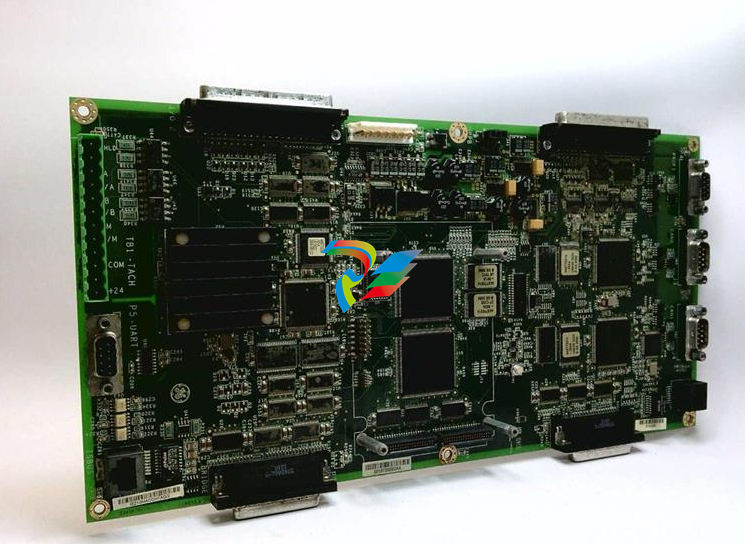


.jpg)

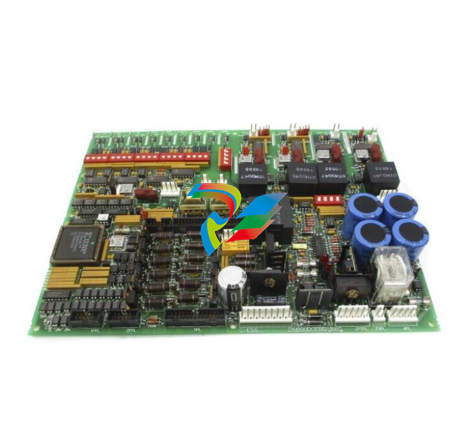

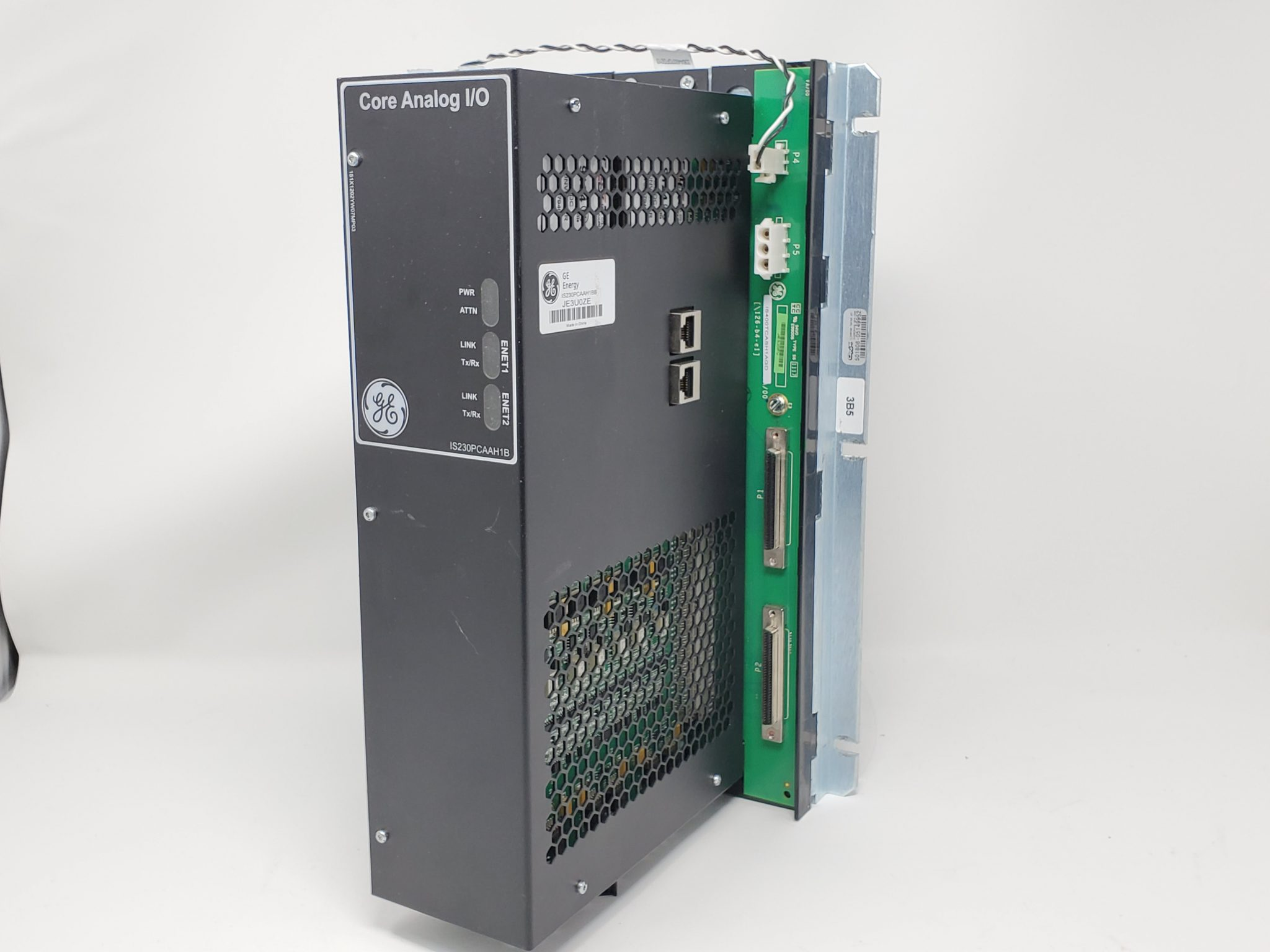

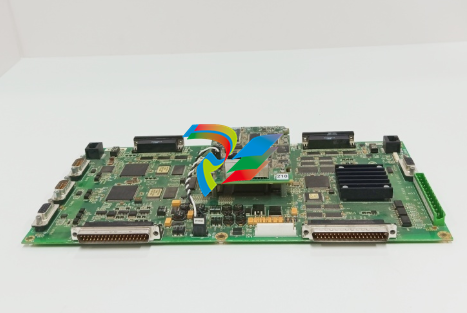
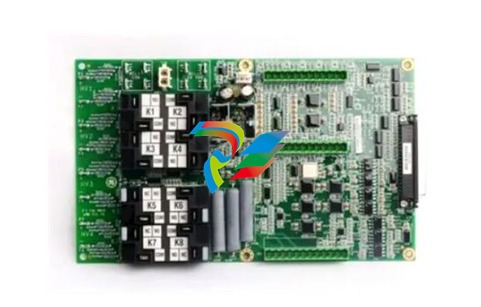
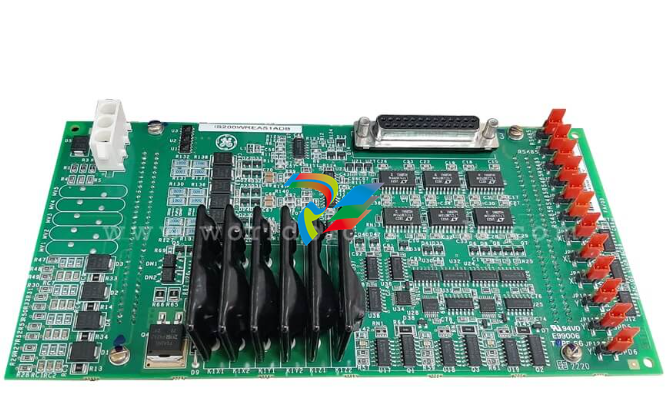
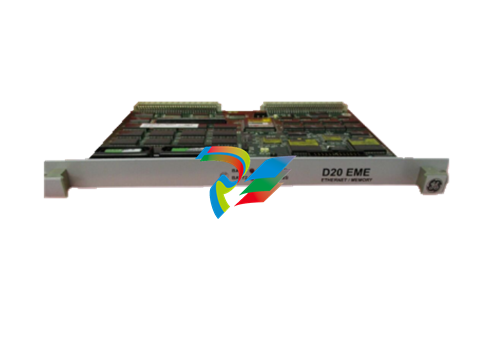
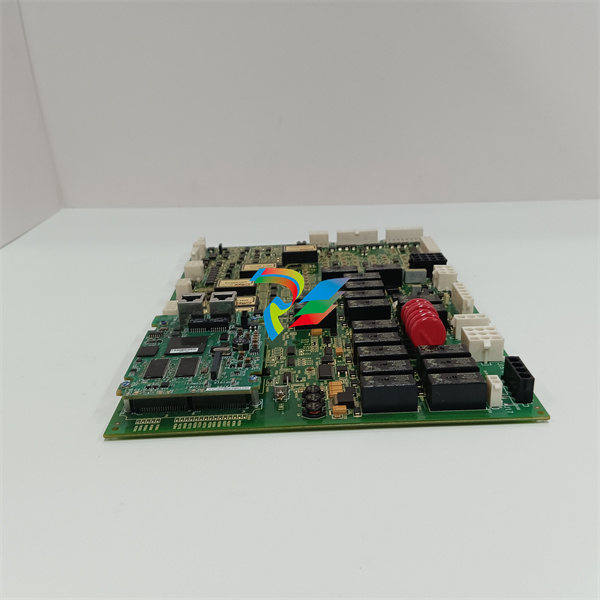
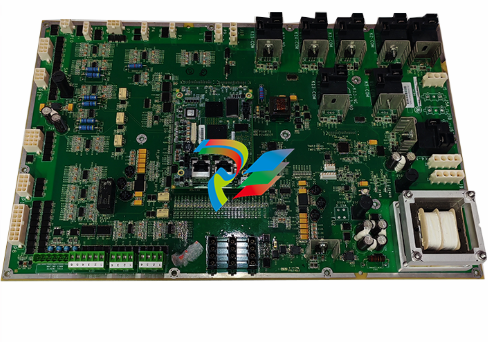
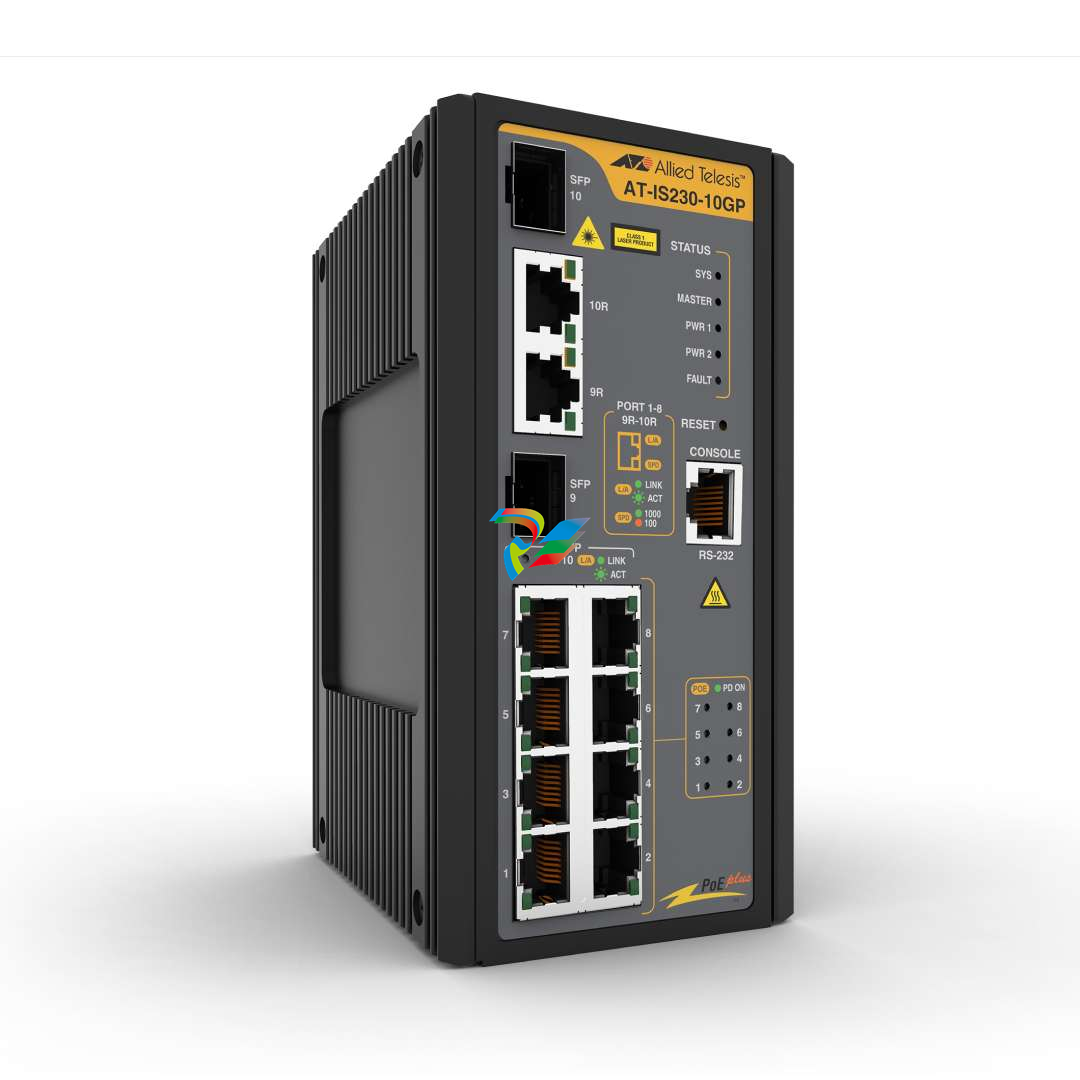
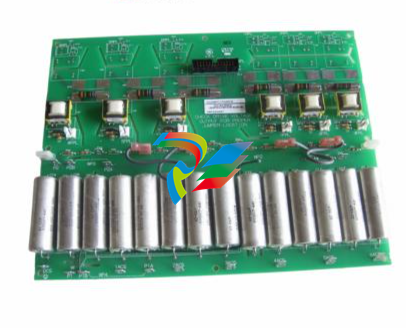

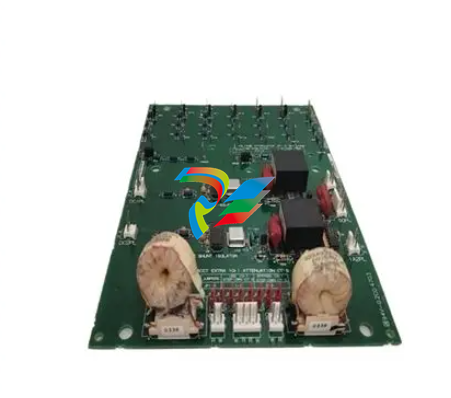

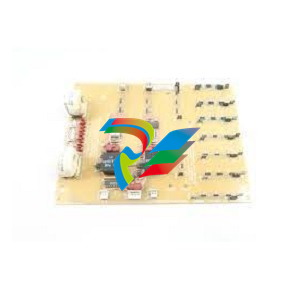

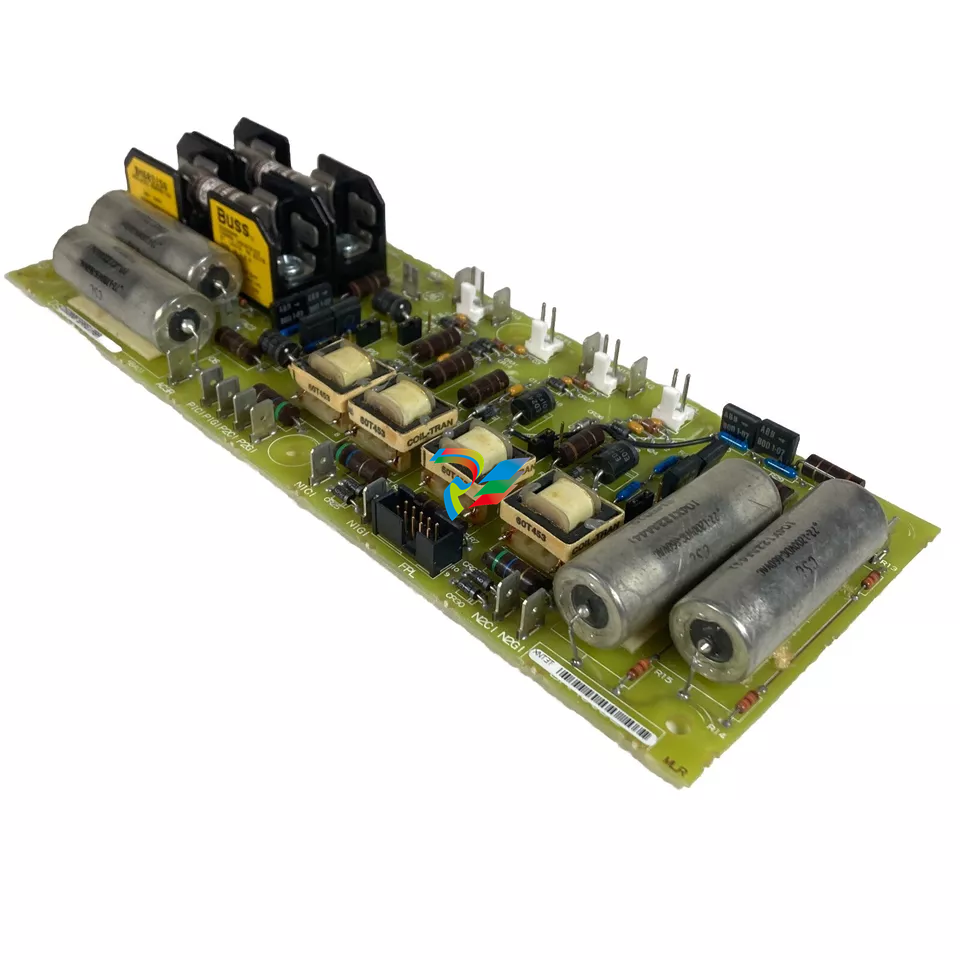
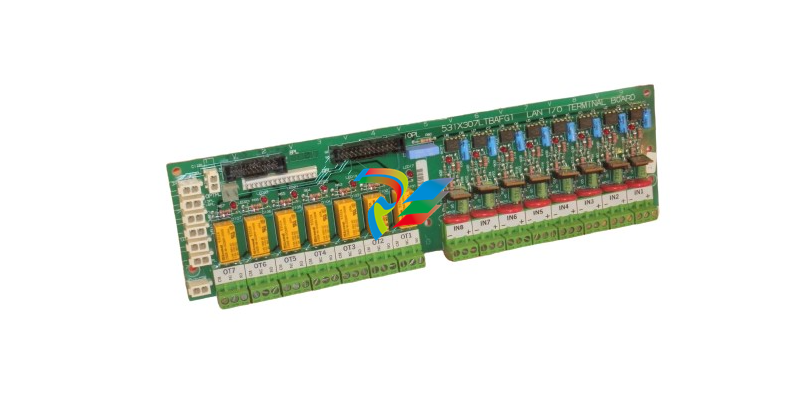



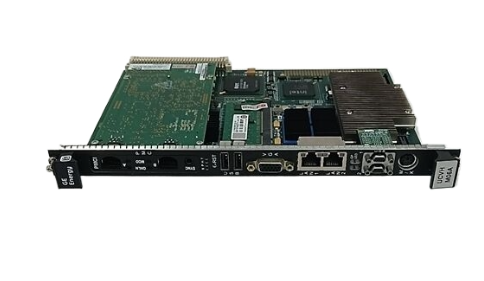
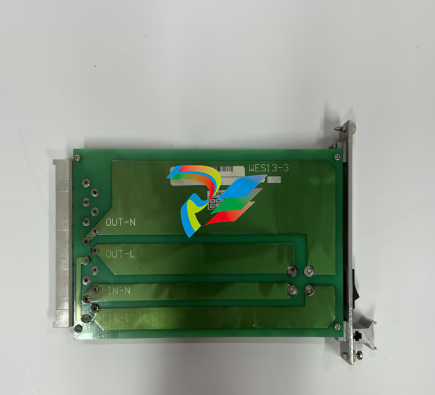

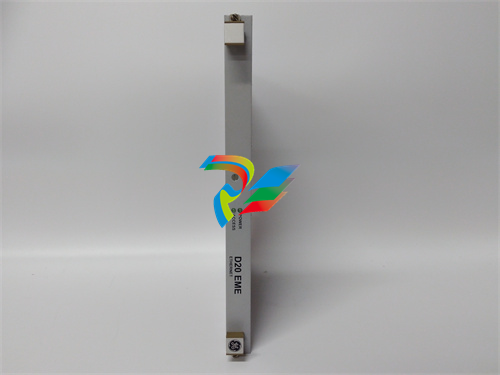
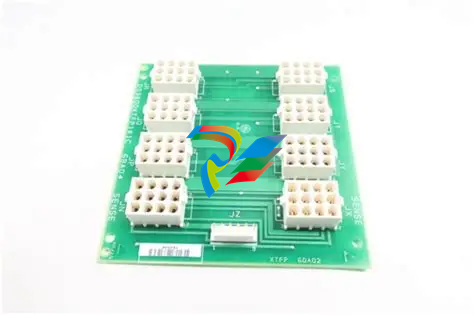







































.jpg)
.jpg)





.jpg)



.png)
.jpg)

.jpg)
_lVjBYb.jpg)

.jpg)
.jpg)



.jpg)
.jpg)







.jpg)

.jpg)
.jpg)








